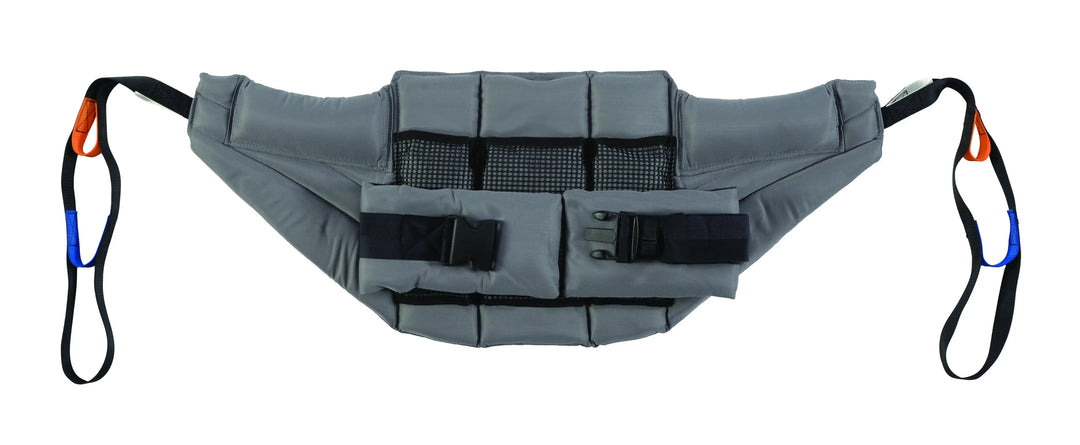How Often Should You Use an Ion Cleanse? A Simple Guide

An ion cleanse is often done through an ionic foot detox session using a foot detox bath. This method is popular among people who want a simple way to support detoxification. At 417 Integrative Medicine, many clients include ionic foot baths in their wellness plans to help with stress, fatigue, and general health.
But how often should you actually use it? The answer depends on your goals, the detox foot bath system you use, and how your body responds. Some people try the ionic foot bath once and feel the difference right away. Others make it part of a weekly or monthly routine.
In this guide, we’ll talk about how often to use a detox foot spa, how the process works, what results you might expect, and how to do it properly at home using a detox machine.
What Is an Ionic Foot Detox Bath?
An ionic foot detox involves placing your feet in a foot bath filled with warm water and detox sea salt or Epsom salt. The machine, usually called an ionic detox foot bath machine, sends a small electric charge through the water. This process separates water molecules into positive and negative ions. These ions are believed to pull toxins from the body through the feet.
The process happens inside a foot spa bath or foot basin. This is usually part of a spa ion setup or a system for home use. While some people go to a local spa, many prefer using a foot detox bath at home to save time and money. The most common home systems include an array, a control unit, and a space for your feet, similar to a pedicure foot spa, but made for detox.
How Often Should You Use an Ion Cleanse?
If you are just starting, it’s safe to use the ionic detox foot bath once a week. Your body needs time to adjust to the detox process, especially if you are new to foot bath spa treatments. Weekly use gives your body time to respond without feeling overwhelmed. The first few sessions may show strong reactions in the color of the water, which can happen due to tap water, the array, and possibly the release of toxins from your body.
After a few weeks, many users switch to doing the foot detox two or three times a month. This is a common routine for people who use a detox foot bath spa machine at home. A consistent schedule like this helps maintain your body detox without putting stress on your system.
Some people who feel exposed to more potentially toxic elements may use the ionic foot spa twice a week for a short period. This should only be done if your body feels okay after each detox foot spa session. It’s important to listen to your body and avoid overuse of any foot cleanse method.
Whether you are using a foot detox machine at home or visiting a spa cleanse, staying on a consistent schedule is more helpful than doing it too often.
What Happens During a Detox Foot Bath?
During a detox foot bath, you’ll soak your feet in warm water with added sea salt or Epsom salt. The ioncleanse machine then activates and starts the detox. As the session goes on, you may notice a color change in the water. The color of the water is often seen as a sign of toxins from the body being released, but it can also be caused by minerals in the water or the metal in the machine itself.
Many users feel more relaxed after a foot spa detox session. The ionic process may help with stress and fatigue by supporting your body’s natural detoxification. Some people say they sleep better or feel lighter after using an ionic footbath or an ion detox foot system.
The foot soak also provides relaxation, especially when used with a foot massager. For people looking for both a cleanse and comfort, this method offers both. Whether you go to a spa club or use a machine for home use, the result often includes improved wellness and peace of mind.
Choosing a Machine for Home Use
Many people prefer to do a foot detox bath at home. A good ionic foot bath spa for home use includes features that make the process easy and safe. Look for models labeled as foot spa systems for home or home use beauty. These often come with built-in timers, adjustable settings, and support for both detox foot bath and foot spa bath routines.
These detox machines for home use usually include two arrays to help generate the right ion charge. Using a proper foot bath machine’s settings is key to a safe spa detox experience at home.
Before buying a unit, it’s helpful to read customer reviews. People often share how the foot detox works for them, whether they noticed removing toxins from the body, or felt any changes in their energy, mood, or skin.
Some users also add foot pads after a detox ionic foot session to extend the results. Others follow it with a foot soak in warm water or an extra round with their foot spa machine.
What You May Notice After Detox
After a session with an ionic detox foot bath machine, some users feel tired. This is part of the detox response. Others feel more energized. Reactions depend on your body’s state and how often you use the ionic foot bath.
The water often changes color, which can cause confusion. Many believe the footbath shows signs of detoxification, with different colors linked to different toxic elements from the body. However, part of the color change also comes from the bath foot reaction with salt, metals, and tap water.
Still, many people use this method regularly to detoxify their bodies through their feet. The feeling of relaxation, warmth, and calm is part of what keeps people coming back to this foot detoxification routine.
Stay Consistent, Stay Safe
The best way to use an ion cleanse is to stay consistent. Whether you visit a local spa, a salon, beauty spa club, or use an ionic foot detox machine at home, regular sessions, once a week or a few times a month, can support your body’s detoxification process. Many people find that a steady routine with a detox foot bath spa machine helps them feel more balanced and relaxed.
Always use quality sea salt or Epsom salt, clean your foot bath, and allow time between sessions. A safe foot detox spa setup, whether at home or at a detox spa, helps with removing toxins from the body, promoting body detox, and reducing stress. With time, your foot spa system for home can become a simple part of your wellness plan.
For a guided experience, 417 Integrative Medicine offers professional ionic foot bath detox machine sessions in a relaxing environment. Whether you’re just starting or looking to upgrade your routine, book your schedule today and enjoy the benefits of a complete ionic foot spa treatment.

417 Integrative Medicine
1335 E Republic Rd D, Springfield, MO 65804
(417) 363-3900
https://www.417integrativemedicine.com/

